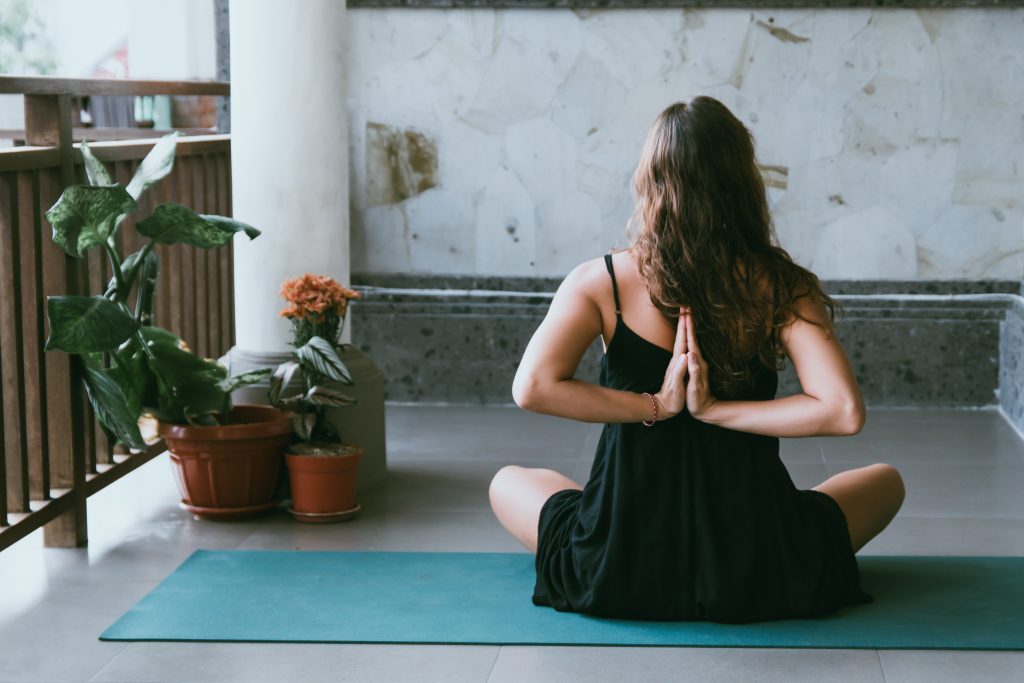What we can learn from the businesses doing well during CV19
Needs must
Our world has changed immensely in recent weeks, reshaping our behaviours and, in turn, our businesses. As doors close globally the effect upon the consumer landscape is unprecedented. As we try to recalibrate to a ‘new normal’, some have had the good fortune to be in the right place at the right time, and others that have been forced to think on their feet. Operators have had to pivot in a fast-moving situation, re-evaluating their role and viability.
Here we focus on examples of businesses whose propositions fortuitously cater to keeping us comfortable, well, and busy within our own four walls. Understanding three key consumer need states underpinning these sectors highlights how we may all rethink, adapt and plan.
1 / Fed and Comfortable
We have seen an uptick spend on home and garden, with those on lock-down getting stuck into DIY and trying their hand at ‘growing their own’. Despite this move towards self-sufficiency, we are confident that supermarkets’ demand will remain elevated for as long as eating out is banned. In light of the stretched groceries online offer, Sainsbury’s “dark” convenience stores take orders of up to 20 grocery products through the Chop Chop app and deliver via bicycle. We’ve also seen plenty of examples of resourceful local independent pubs and restaurants shifting their focus to a delivery service. And, while not directly monetised, Wagamama are launching ‘Wok From Home’, which includes tutorials for some of the brand’s most popular dishes, to keep the brand top-of-mind while its doors are closed.
And it’s not only human members of the household who need to be catered for; pet shops have reported exceptional demand with our valued furry friends now taking a greater share of wallet.
Clothing retailers are faced with greater challenges, however. People do not buy new outfits to stay at home. But they do want to be comfortable. Effective marketing pushes have focused on leisure, with yoga pants and sports bras among the fastest moving lines, as well as better sales for tops over bottoms – must look good for those zoom calls.
As our own worlds become so much smaller, how can brands help people get what they need and feel better about the place they’re spending their time?

2 / Fit and Well
People are having to be resourceful to maintain self-care routines. With the reality that we may all emerge from this sporting the ‘as mother-nature intended’ look, consumers are turning to do-it-yourself beauty treatments. Product packages for home facials and online tutorials have boomed, and we have seen increased sales of clippers and hair dye kits. For exercise, Joe Wicks has set the tone, and won the hearts of parents and their kids with his energetic start to the ‘school’ day. We have also seen the growth of concepts such as Peleton, and soaring sales of fitness equipment to go alongside online workouts and fitness apps. FIIT is one example. With its slogan, “Bring the gym home”, it looks to replicate the range of classes available at the gym, while integrating leader boards and live-streamed classes to create a sense of community. And those in busy households may also be struggling to find their own moments of calm, which goes some way to explain why meditation apps have also come into their own.
Being confined to home gets in the way of the things people do to feel good about themselves. How can brands help preserve that sense of well-being and self?

3 / Connected and Entertained
The pandemic has halted social lives, taken the sports from our screens, stopped us travelling and shut down our leisure, galleries and theatres. Faced with this reality, booksellers have reported stockpiling of novels, with sales of fiction rising by a third. Puzzle books, and handicrafts also flew off the shelves, and children’s education went up 234%, amid the panic of homeschooling.
But solitary activities only go so far. A socially-distanced world is reconvening over platforms such as Zoom, which unsurprisingly has seen a 50% growth in valuation. Communities have quickly adopted online versions of the pub, quizzes, and even live-stream performances from the likes of the National Theatre and The Globe. There is new scope for creativity to play into the appetite for innovations to support these occasions. And other indoor activities have also reportedly boomed – Ann Summers, the British lingerie chain, reported toy sales up 27 per cent vs. last year.
Humans are social beings and interaction is a basic need in both work and play. As our daily interactions are disrupted, how can brands bring people together and give them shared interests and activities and fill those gaps?

There is no doubt that this is a defining event of our time. We will return to some version of normality, but nothing will quite be the same again. This calls for an agile and creative approach to aligning propositions with ever-changing consumer needs, while operating within the new parameters. Finding new solutions, replacing dated ideas, responding to need, driving success.
Incite are offering free virtual workshop facilitation, which could be a great way to energise and align your teams around new directions. If you’re interested, get in touch!




